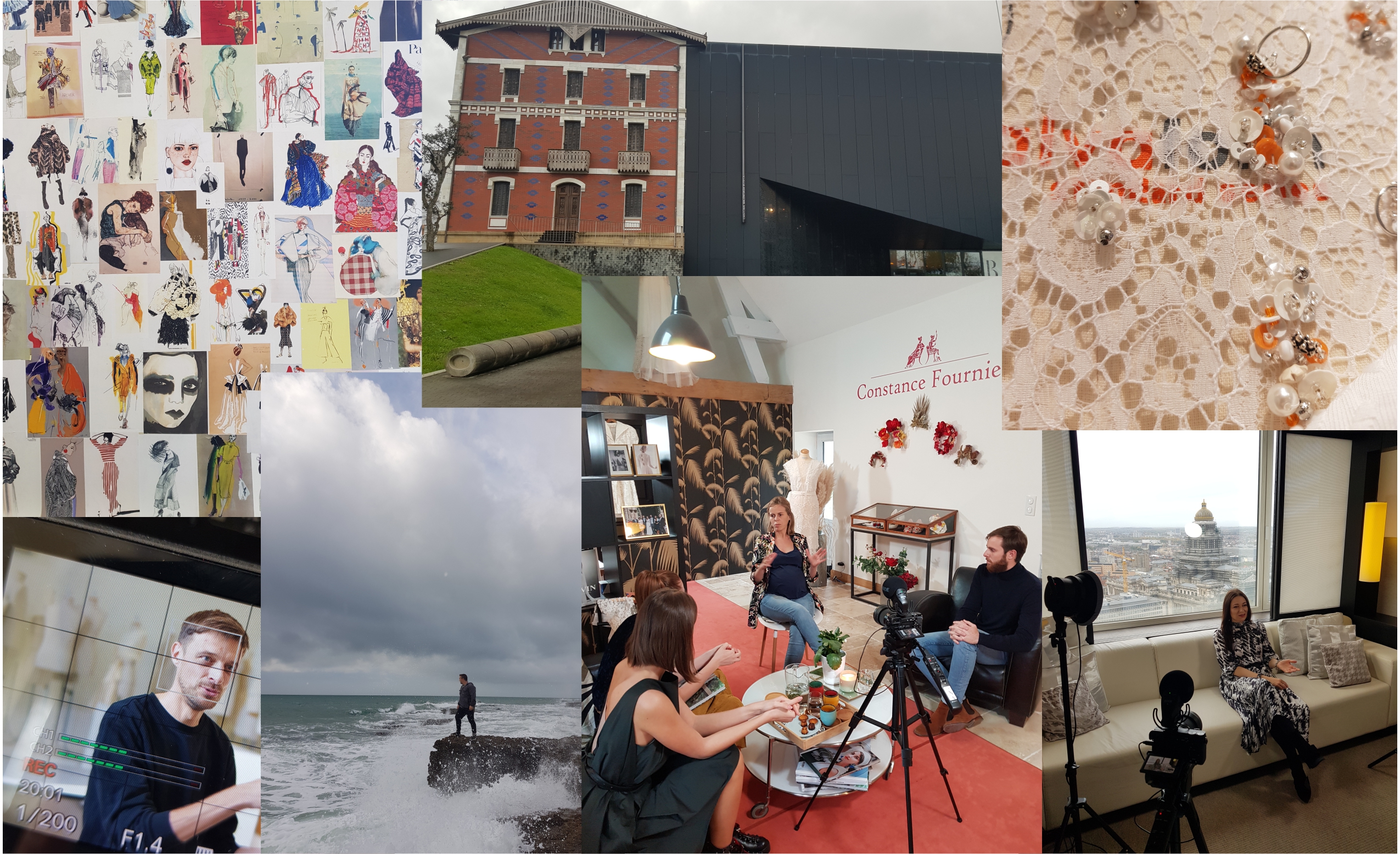
The concept of sustainability in fashion is less adopted by the market in all Eastern Europe, although designers are interested in approaching it as the fashion industry is one of the worst ranked worldwide considering pollution and it was the fourth big pollutant industry in EU in 2017 according to European Environment Agency. The consumption of textiles in EU occurs in other regions of the world, where the production is mostly concentrated – 85 % of the primary raw materials use, 92 % of the water use, 93 % of the land use and 76 % of the greenhouse gas emissions. 1.7 million Europeans work in fashion industry but the real problem is the average consume of 26 kg of textiles per person per year due to clothes price fallen relative to inflation.
The European Environment Agency says that reducing the environmental and climate pressures and impacts from textiles production and consumption — while maintaining economic and social benefits — will need a systemic change towards circularity. Doing so will require wide-scale implementation of circular business models supported by effective policies addressing materials and design, production and distribution, use and reuse, collection and recycling. This includes product policies such as green public procurement, eco-design, extended producer responsibility, labelling and standards.
The interviews for the film were shot before COVID 19 situation, which terribly affected fashion industry, but what we will include in the film is an update of how people we met adapted very fast to this new situation and how they survived and boosted online. This is the right moment to understand how important is for the fashion industry to become more sustainable. People in this film they are all very creative and they can mix their talent and acknowledges in order to reduce pollution. However, it also depends on us, the consumers, to understand the effect of our actions and to start to choose wisely and to consume responsible.
The idea was to produce this documentary by gathering information that could help independent designers or for the ones willing to be part of fashion industry. But, because of COVID-19 we understand how much needed is to show to a larger audience how people in the industry are struggling to be more efficient in reducing their impact on the environment and how should we contribute to this fightback.
As the President of Feeric Fashion Week, considered by Vogue Italy, the greatest project in Balkans I saw how difficult for designers coming from all around the world to produce and sell sustainable items or to be competitive with fast-fashion or the biggest corporations. Many of them produce consciously for local markets but lower volumes means higher costs, and the costs increase if you want to work with Eco fabrics or not using chemical and industrial procedures. The result is a higher price for the consumer that, because of the education, prefers to buy items signed by brands, at the same prices. I understood this is happening frequently in Eastern Europe, South America and partly in Central Europe because young designers are showcasing collection in our project, so I wanted to understand how the system works in most of the powerful countries in Western Europe and how do players from independent fashion managed to become more sustainable and still competitive.


Un comentator WordPress at 7:57, 1 iunie 2020 -
Bună, acesta este un comentariu.
Pentru a începe moderarea, editarea și ștergerea comentariilor, te rog vizitează ecranul Comentarii din panoul de control.
Avatarele comentatorului provin din Gravatar.